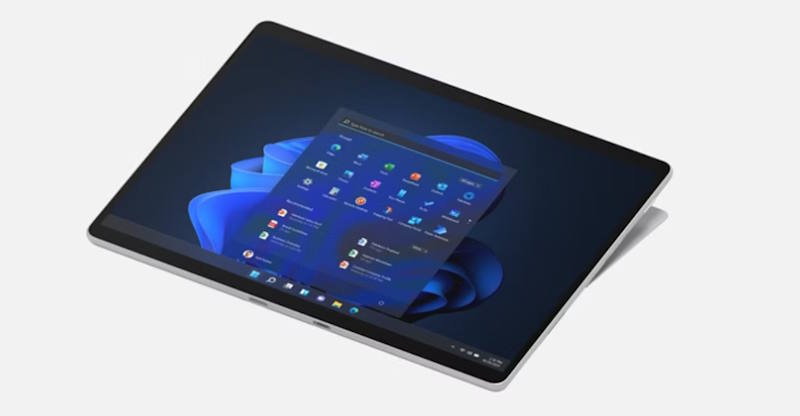Microsoft released the Surface Pro 8 in 2021, bringing significant upgrades over its predecessor, the Surface Pro 7. This new model was designed to offer better performance, a more modern design, and enhanced user experience. But how well did it deliver? Let’s take a closer look at what the Surface Pro 8 brought to users, its strengths, and its shortcomings.
A More Modern and Premium Design
One of the most noticeable changes in the Surface Pro 8 was its refined design. It featured a larger 13-inch PixelSense Flow display with thinner bezels, compared to the 12.3-inch screen on the Surface Pro 7. This display supported a 120Hz refresh rate, which made scrolling and pen input smoother. It also introduced Dolby Vision support for improved HDR content viewing.
The Surface Pro 8 maintained the iconic 2-in-1 detachable form factor, but with a sturdier aluminum chassis and a redesigned Surface Slim Pen 2, which offered haptic feedback to simulate the feel of writing on paper.
Performance: Intel Power and Thunderbolt 4
Unlike some other Surface devices that experimented with ARM chips, the Surface Pro 8 exclusively used Intel processors. It came equipped with Intel’s 11th Gen Core i5 and Core i7 chips, providing a solid boost in performance compared to the previous 10th Gen processors in the Surface Pro 7.
Another major improvement was the inclusion of Thunderbolt 4 ports. This was a long-requested feature by Surface users, allowing for faster data transfers, support for external GPUs, and better docking solutions.
The Surface Pro 8 also shipped with up to 32GB of RAM and 1TB SSD storage, making it a strong contender for professionals needing power in a portable package.

Windows 11 and Software Experience
The Surface Pro 8 launched alongside Windows 11, making it one of the first devices optimized for the new OS. Windows 11’s touch-friendly interface and Snap Layouts made multitasking easier on the Surface’s high-resolution touchscreen.
Additionally, Microsoft improved pen input and haptic feedback with the Surface Slim Pen 2, making it more precise for note-taking and creative tasks.
Battery Life: A Mixed Bag
Microsoft claimed the Surface Pro 8 could last up to 16 hours on a single charge, thanks to efficiency improvements from the Intel Evo platform. However, real-world usage showed a more modest battery life, often around 8-10 hours with mixed usage. While this was better than some previous Surface models, it still lagged behind competitors like Apple’s M1-powered iPad Pro.
What Wasn’t So Good?
While the Surface Pro 8 brought many improvements, it wasn’t without its flaws:
- Expensive Accessories: The Surface Slim Pen 2 and Signature Keyboard were sold separately, increasing the overall cost.
- Battery Life Could Be Better: Although improved, it didn’t quite match Microsoft’s ambitious 16-hour claim.
- Still No USB-A Port: Some users missed having a USB-A port, especially for legacy accessories.
- No ARM Option: Unlike the Surface Pro X, there was no ARM-based model with better power efficiency.
Final Verdict: A Worthy Upgrade?
The Surface Pro 8 was a significant step forward for Microsoft’s 2-in-1 lineup. With a more refined design, a higher refresh rate display, Thunderbolt 4, and Windows 11, it provided a much-needed refresh over the Surface Pro 7. However, its high price, battery life limitations, and lack of an ARM option left some room for improvement.
For those who needed a powerful and flexible Windows device with pen support, the Surface Pro 8 was one of the best choices in 2021. However, users looking for longer battery life or more affordable options may have had to consider alternatives.